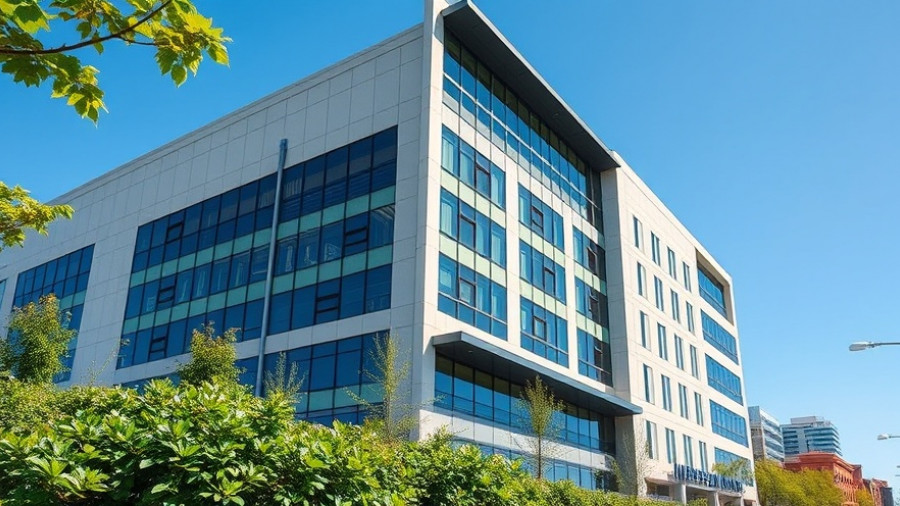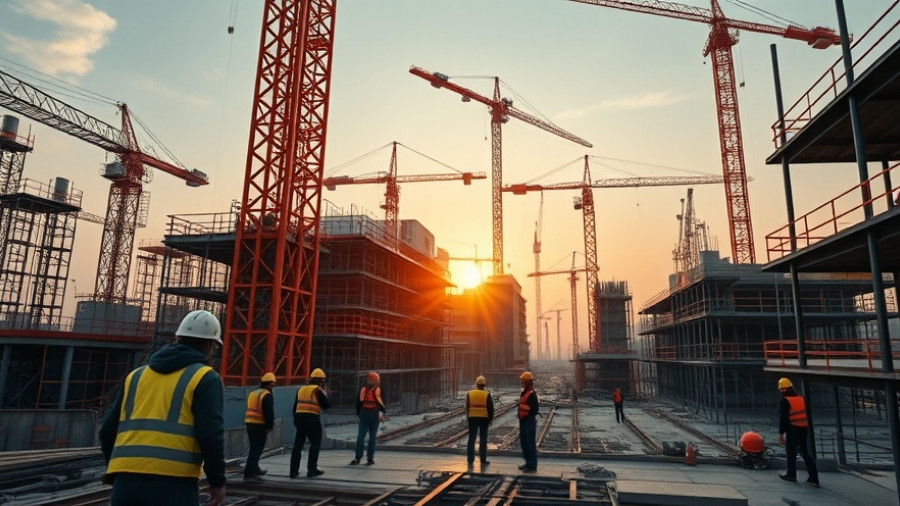
Innovative Construction Redefines Healthcare Facilities
The world of healthcare construction is experiencing a significant transformation with advancements in technology and innovative building practices. The recently completed Scripps Memorial Hospital La Jolla North Tower, developed by McCarthy Building Companies for $664 million, stands as a testament to these evolving strategies. This state-of-the-art facility, spanning 420,000 square feet, is positioned to improve access to world-class healthcare while integrating cutting-edge technology to enhance patient care.
Utilizing Precast Panels and Bolted Steel
A standout feature of the North Tower is California's very first bolted side plate structural steel system, which streamlines construction by significantly reducing welding time and labor costs. This innovation not only saves time but ensures that the facility meets stringent safety standards set by the Department of Health Care Access and Information (HCAI). In conjunction with this, precast exterior panels hastened the building enclosure process, enabling quicker access and adaptation for advanced medical services.
Maximizing Efficiency within Healthcare Design
With the incorporation of precast concrete panels, the construction timeline was markedly improved, allowing for operational enhancements that prioritize both patient and staff flow. The facility includes 188 inpatient beds, while featuring advanced medical amenities such as nine operating rooms and specialized radiology suites. Additional improvements to utility services further elevate the hospital's capability to deliver effective healthcare solutions.
Emphasizing Sustainability in Construction
Sustainability remains a critical focus in modern construction, particularly in healthcare settings where operational continuity is essential. The Scripps Memorial Hospital North Tower's design embodies this ethos, integrating energy-efficient systems like advanced chillers and cooling towers to optimize performance. By prioritizing these sustainable practices, the facility aligns with broader goals aimed at reducing healthcare's environmental footprint.
Impacts on Community and Future Predictions
The completion of the Scripps Memorial Hospital North Tower extends far beyond construction achievements; it represents an investment in community health and well-being. With more beds and specialized services available, local access to high-quality healthcare will undoubtedly improve. This trend is expected to continue, propelling healthcare facilities to adopt more prefabricated elements and automated processes, thus further enhancing efficiency moving forward.
Take Action by Embracing Innovation in Healthcare Projects
For business owners and facility managers, understanding and implementing these innovative construction trends in upcoming projects can yield significant advantages. Prioritizing technologies like precast panels and bolted steel not only creates time and cost savings but ultimately fosters healthier communities. As healthcare demands continue to grow, now is the time to consider these advancements for future projects.
 Add Row
Add Row  Add
Add 




Write A Comment